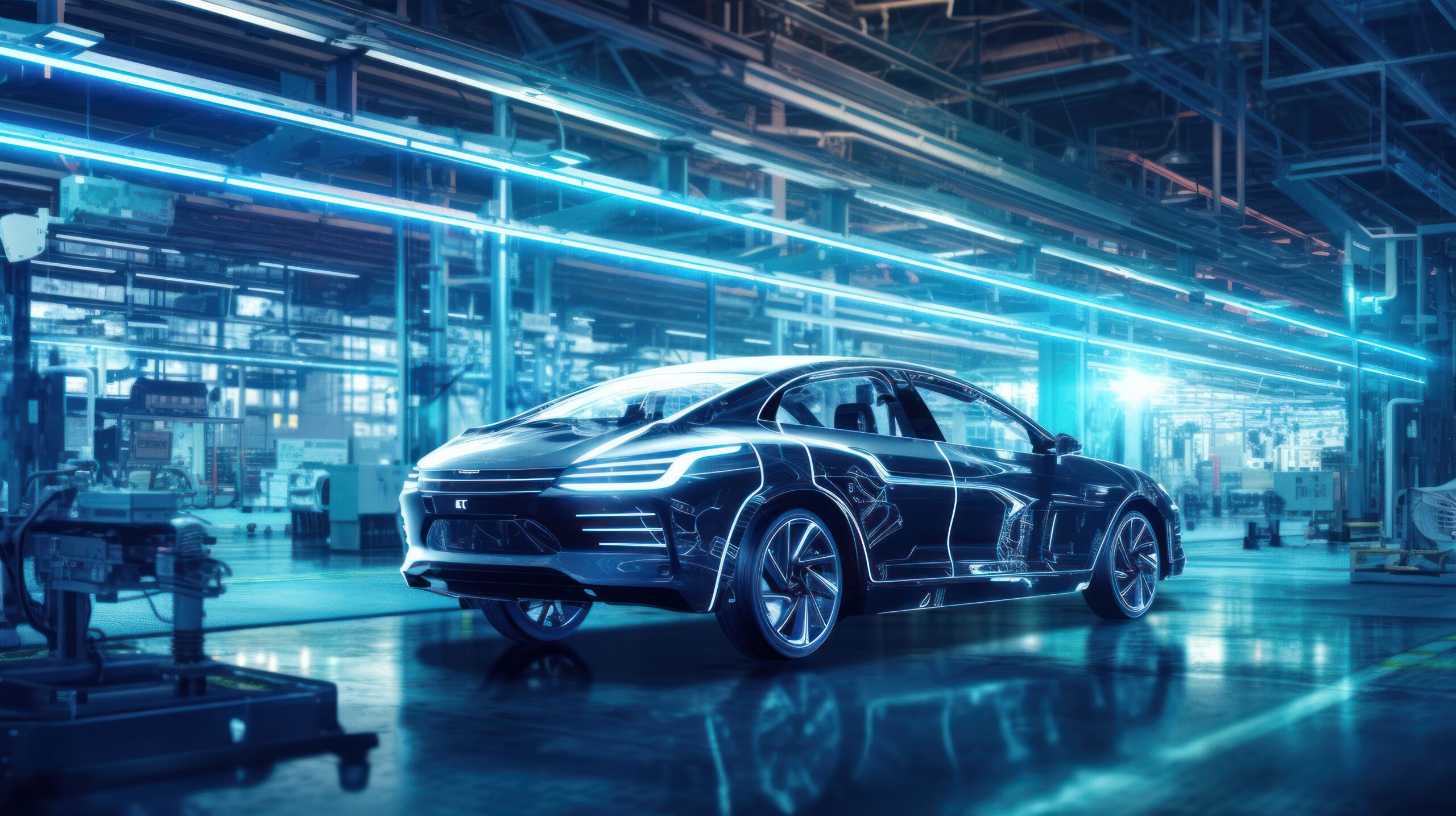The Future of the Automotive Sector: Trends and Innovations
Automotive sector: innovation and trends
The car of the future will be increasingly electric. With the gradual abandonment of fossil fuels, the industry is shifting towards zero-emission vehicles. According to estimates by Boston Consulting Group, electric cars will surpass sales of traditional vehicles by 2030. Furthermore, to meet the need to reduce environmental impact, car manufacturers are investing in fast-charging technologies and renewable sources. The growing environmental awareness of consumers and government policies are accelerating this transition to electric. Autonomous driving also represents one of the most advanced fronts of technological innovation. Advances in artificial intelligence and machine learning systems allow vehicles to make decisions independently, increasing safety and reducing accidents. By 2030, it is expected that 40% of kilometers traveled in Europe will be done by autonomous vehicles, with significant impacts on reducing traffic and accident rates.
What the car of the future will be like
The car of the future will not just be a means of transport, but a connected device, integrated into a network of people and infrastructures. Connectivity offers continuous interaction between the user and the vehicle, allowing for a personalized experience and access to real-time information, such as traffic conditions and additional services. This level of interaction brings the car closer to a “smart device” model, with a direct impact on customer satisfaction and mobility management.
Sharing mobility and new mobility solutions
In this system, sharing mobility, or shared mobility, is a growing phenomenon particularly appreciated by Millennials and Generation Z. These generations, in fact, are more inclined to choose on-demand services, avoiding purchasing a car. In Italy, over 30% of shared mobility service users are aged between 26 and 35. This trend is pushing companies to develop flexible and accessible mobility solutions.
Millennials and automotive: tech-savvy, connected, and green
Contrary to initial forecasts, Millennials represent one of the fastest-growing market segments in car purchases. Raised in the digital age and sensitive to sustainability, young people born between the ’80s and ’90s seek vehicles that combine advanced connectivity and low environmental impact. This group of consumers is also the main user of shared mobility services, and car manufacturers are responding with digital-first models, perfect for their needs for efficiency and connectivity.
The automotive industry is transforming
In the automotive world, customer centrality is shaping every business strategy. The advent of digital and artificial intelligence allows for the revolution of not only design processes but also the offering of integrated services for consumers. Manufacturers are developing advanced software and digital systems designed to improve performance, also increasing the range of additional services that can be obtained directly from the car.

Software and digitalization of the value chain
Software is now a vital part of the vehicle itself: it not only manages driving functions but also includes connected services to improve the quality of the driving experience. Digitalization involves every phase of the car’s life cycle, from production to maintenance, to retail, creating an ecosystem where every detail is curated to meet the expectations of an increasingly demanding and digitalized audience.
Artificial intelligence at the service of safety
Thanks to artificial intelligence, vehicle maintenance is no longer just reactive but becomes predictive. The system detects faults or anomalies in advance, allowing timely interventions and reducing management costs. This approach offers not only economic savings but also increases road safety and vehicle longevity. Consumers appreciate the added value of this technology, which ensures a safer and more reliable service.
The car of the future
The future of the car focuses on four main directions: electrification, automation, connectivity, and sharing. The next-generation car will be designed to integrate into a sustainable and smart urban ecosystem. Here are some of the main features that will define the next decade:
- Zero Emissions: Electric mobility reduces environmental impact, eliminating emissions and noise
- Sharing and Accessibility: Shared mobility allows for a more rational management of resources, with fewer cars on the road and optimized use of vehicles
- Autonomous Driving and Advanced Safety: Artificial intelligence will improve safety, with autonomous driving systems that reduce accidents
- Interaction with the Environment: Vehicles will be connected to smart infrastructures and able to exchange information with other vehicles, contributing to smoother traffic
A sector in transformation
The automotive industry is undergoing an unprecedented metamorphosis. The fusion of digital and sustainability is leading to the birth of a new concept of mobility, based on the integration of services and technology. With the growing spread of autonomous systems and flexible ownership models, the car is no longer just a means of transport but becomes a node in a connected and interactive mobility system, capable of meeting the needs of an increasingly dynamic audience.
Challenges and opportunities
Automakers that can adapt and innovate will have the opportunity to emerge in a continuously growing market. In this new context, the ability to personalize the offer, listen to the customer, and provide solutions suited to a modern lifestyle will be key elements to maintaining a prominent position. The challenge is complex, but the opportunities are enormous for those who can seize them and keep up with technological and environmental evolution.
(image source: Freepik)